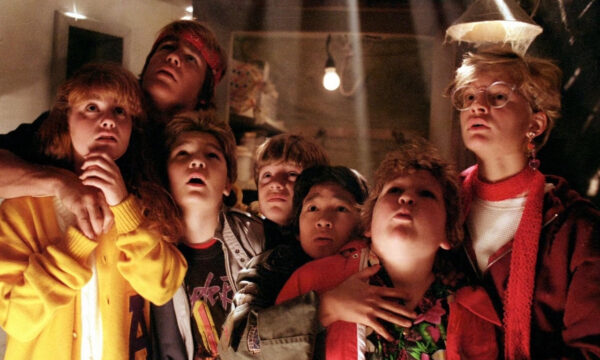Hair transplants options for hormonal hair loss

Hormones play a big and vital role in our bodies with different hormones contributing to the control of different bodily functions from hunger, to reproduction, to mood. When our hormone levels go out of balance, they can wreak havoc on us so it comes as no surprise then that hormones also affects our hair and, in some instances, can even contribute to hair loss. However, there is hope. Hair transplant technology has come a long way and offers confidence to many who suffer from hair loss.
Whilst hair loss can be a traumatic experience, it does not have to be permanent. Several factors can contribute to hair loss and balding, with hormones being one of the primary factors. Clinics like DK Hair Klinik can help with hair loss and balding, with free consultations online available through their website.
Whilst men and women have several physiological differences, they also have commonalities. One of the differences present in our bodies is the sex hormone of which there are two; testosterone and estrogen. Males have the testosterone hormone whilst women have estrogen. It’s important to note that both males and females have both testosterone and estrogen hormones; it’s just that males have more testosterone than estrogen whilst the reverse is true for females. Testosterone, in the case of hair loss, is the hormone that causes us most problems.
The journey starts with testosterone, the male sex hormone, which is created in the male or female glands. Some of that testosterone is converted to DHT by a number of glands throughout the body. The body does this as DHT is needed by the body itself to aid in its formation and growth amongst other things. In fact, it is the enzyme 5α-reductase that converts testosterone to DHT. This enzyme is also present in the hair follicle oil glands.
Unfortunately, one of those other things that DHT does is that it binds to hair follicles since the enzyme 5-alpha-reductase is present there. What this does is it shrinks the hair follicles thus making it very difficult for them to survive, effectively taking them out. This is when baldness patterns start to appear.
The hair loss experienced by this process is called androgenetic alopecia. It is characterised by a well-defined pattern of hair loss. Generally, the hair loss starts from above the temples, and over time recedes to form an “M” shape. Hair can also start to thin-out at the crown, progressing to partial or complete baldness over a longer period of time.
If you feel that any hormones are out of balance you should always speak to a medical professional.
Depending on the stage of progression, androgenetic alopecia can look very different, which this chart so clearly illustrates. If you are considering hair transplant, the chart also explains the number of grafts that are likely to be required to achieve a successful hair restoration.
When considering hair transplant procedures, there are two types of hair transplant methods you should be aware of FUT and FUE. Whilst both methods are used, FUE is considered to be more efficient and in most cases offers more advantages than FUT.
FUT stands for Follicular Unit Transplantation and is considered to be a major surgical intervention. The process requires thick strips to be extracted from the donor with a scalpel, which procedure penetrates the dermis. From there on, the follicular units are separated under a microscope using a scalpel after which they are transplanted to the recipient.
In FUE, only the most viable follicles are individually selected and transplanted, without the need to remove tissue from the donor’s scalp. This leads to shorter healing time, smaller scarring which isn’t visible even with short hair, and higher quality grafts.
The FUE technique is available for a wide range of people including those suffering from scalp injuries, those who need shorter recovery time, people with short hair and even those looking for facial hair grafts. It is important to note, that in most cases, candidates suitable for FUT procedures can also undertake the FUE approach with all of its benefits.
Hormones play very important parts, regulating anything from hunger to sleep. Unfortunately, as with everything else, there can also be side-effects which as we now know can lead to hair loss. This does not mean that all is lost. Hair transplants can prove to be an answer to this problem with scientific advances making this a viable prospect. In fact, surveys show that the satisfaction rate for this kind of procedure can go up to 96%. Reputable clinics offer free online consultations, thus helping you decide whether this is for you and you too can be on your way to a head full of hair.
The editorial unit

























Facebook
Twitter
Instagram
YouTube
RSS